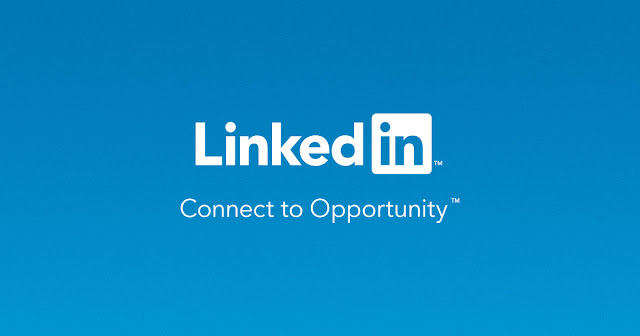Your
LinkedIn Profile is in many cases the most important aspect of your professional
presence online and sometimes it acts as professional online resume. You can
use LinkedIn to connect with people in your network, and recruiters.
Your
profile includes complete details about your job qualifications, employment
history, education, skills, and experience. To get the most out of LinkedIn,
it's important to make your LinkedIn profile as comprehensive and compelling as
possible.
Also,
your LinkedIn profile can increase your visibility online and help you
build a professional brand that showcases your background to prospective
employers. Here are tips to make your LinkedIn profile stand out from the
crowd.
Write a Comprehensive and Engaging Profile
Here
is the top tips to make your LinkedIn profile more compelling. It's important
to be sure that your LinkedIn profile is complete, detailed,
interesting and readable. In fact, you should consider your LinkedIn profile
your online resume. It should have all the same information that is on
your resume and more.
You
should add a photo (a headshot) to your LinkedIn profile.
Don't
forget to make your profile public - that's how the world can find it.
Also, customizing your URL will give you a link that's easy to share
on your resume and with employer and connections. If your name is
available, use it.
Highlight Your Experience in the Summary
The Summary (About) section
of your LinkedIn profile is a great way to highlight what makes you unique and
indispensable to your industry.
Don't
forget the headline, since it is right at the top of the page when someone
views your profile. If applicable, it is appropriate to mention key
professional certifications, bilingual skills, or key accomplishments. The more
robust your profile, the more you likely you are to get notice. Select an
industry, because recruiters often use that field to search.
If
you're unemployed, there are several strategies you can use to present your
current employment circumstances. Carefully consider options before you
decide what to include and when you should update your profile.
Use Your Resume to Write the Experience Section
In
a nutshell, the Experience section of your LinkedIn profile is your online
resume. When formatting your LinkedIn profile, it is important to
include employment (current and past), education, and industry. While you might
not include every job in your past on a traditional resume, it is appropriate
to include your entire work history on LinkedIn.
To
quickly create a LinkedIn profile, review your resume and copy/paste
the relevant information into your profile. It's essential that your resume
matches your profile because prospective employers will check. However, when
you get more time, make sure to add as much as possible to your LinkedIn
profile. Employers expect your resume to be somewhat condensed and specific to
the job you seek. But your LinkedIn Profile should be more vast and complete.
Showcase Your Skills
The Skills
& Endorsements section is an important component to your profile. It's
a way that recruiters can find you and how your connections can see, at a
glance, your core competencies. In fact, your profile is more likely to get
viewed if it includes skills.
Just
like you did with the Experience section, you can use your resume to get
started with a list of skills to include. Focus on the skills that
highlight your strongest assets and are most relevant to your career
goals.
Another
approach is to read your past job descriptions, or the job descriptions of jobs
you seek. Include any key words you find that are relevant to your skills and
experience.
Take the Time to Request Recommendations
Take
time to request LinkedIn recommendations. Recommendations from people you
have worked with carry a lot of weight. To a potential employer, a LinkedIn
recommendation is like a reference in advance.
One
way to get recommendations is to give them. When you recommend a LinkedIn
member, you are attesting to their qualifications, and people love being
recommended. They will most likely reciprocate if you take the time to
recommend them. Another way to get recommendations is to request them from your
former bosses (as long as you still have a decent relationship with them),
mentors, and/or college professors.
On
a "what not to do on LinkedIn" note, don't ask people you don't know
for references. That's not how to ask for a recommendation, even if you do know
the person.
Include Your Accomplishments
Use
the Accomplishments section of LinkedIn to highlight projects you've worked on,
publications you have contributed to, languages you know, and other credentials
you have earned.
Include Volunteer Experience and Causes
A LinkedIn
survey reports that volunteer experience can give job candidates an edge
with hiring managers. 41% of the professionals surveyed stated that when they
are evaluating candidates, they consider volunteer work equally as valuable as
paid work experience. 20% of the hiring managers surveyed have made a hiring
decision based on a candidate's volunteer work experience. To add the Volunteer
Experience and Causes field to your LinkedIn Profile:
- After
logging in, click "Profile" at the top of LinkedIn.
- Click
the "Add Sections" button.
- Select
"Volunteer Experience."
- Click
the plus button and then fill out the applicable fields.


No comments:
Post a Comment